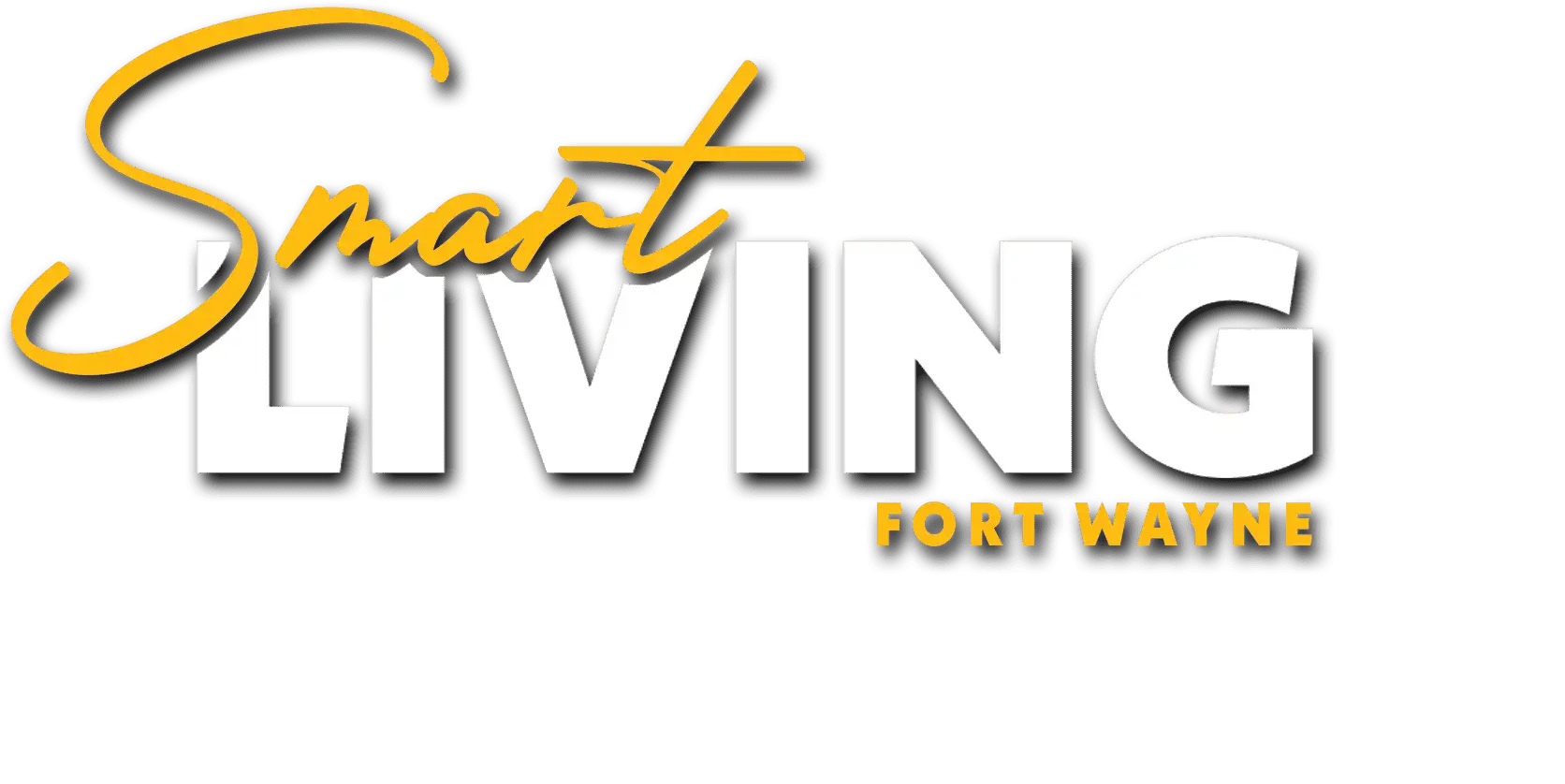Knee injuries and long-term damage need not result in surgery. For alternative treatment methods, patients are looking to Dr. David M. Gafken, DC, of Health N.O.W. Chiropractic Center, 2146 State Road 8 in Auburn, Ind., for help in relieving pain.
Gafken says patients come to him either with undiagnosed knee pain or because they’ve seen other medical professionals and are seeking nonsurgical alternatives to bone-on-bone issues.
“These patients have had X-rays, MRIs and/or have been receiving cortisone shots without achieving any lasting relief,” Gafken says. “We conduct a thorough exam which may include additional nerve testing, X-rays and MRIs if significant time has passed since their last tests.”
Knee injuries or age-related damage rarely heal by themselves, he says. It’s better to seek alternative methods of treating knee issues than to tough it out alone.
Once the examination is complete and the patient is approved as a candidate for chiropractic, Gafken decides on a course of treatment using several highly effective methods to promote joint health: decompression, laser, plus radial pressure, shockwave or acoustic waves.
Gafken says decompression on knee joints is achieved by seating the patient in a chair and hooking the knee up to a machine which pulls the joint open and closed using less than 16 pounds of force. By gently separating the joint space between the bottom of the femur (thigh bone) and the top of the tibia (shin bone), a vacuum effect inside the knee joint is created which brings more nutrient-rich fluid to the area. The method also stretches the tendons, ligaments and other soft tissue around the joint, which helps re-establish some of the natural joint space and cushioning in the knee.
“We gently work the knee for about seven to eight minutes,” Gafken explains. “The course of treatment is given three times weekly for four to five weeks.”
Low-level laser light wave therapy consists of using four levels of intensity to penetrate the appropriate depth in the knee joint, Gafken says. These waves have a healing effect by increasing the production of stem cells and generating venous nitric oxide to increase peripheral blood flow to the afflicted areas around the knee.
“This is called organogenesis,” Gafken says. “It aids in the growth of new blood vessels while flushing out any damaged tissue, alleviating pain.”
Acoustic or shockwave has been in use for more than 10 years, Gafken explains. The method sends pulses through the joint to promote stem cell growth, to encourage the development of new blood vessels and to increase blood flow, all of which induces quicker healing.
“It’s a powerful tool that hasn’t been used as much as it could be because it’s expensive,” Gafken says. “The treatment not only reduces pain but also induces biochemical changes that promote healing.”
A patient is given a course of treatment which employs one or several of the above methods. As a rule, the patient is treated up to three times each week during which all of the selected methods are applied in a stepped order.
“The patient may receive decompression for seven to eight minutes, then move to another room for a five-minute laser treatment, and then to another room for the five-minute electro-shockwave session,” Gafken says.
Along with treatment in the office, patients are encouraged to exercise as appropriate, to ice the knee joint to reduce inflammation and swelling, and to use various at-home remedies.
“We have a 90-percent success rate with this course of treatment,” Gafken says.
For more information or to make an appointment, call Health N.O.W. at (260) 920-8811 or visit seekhealthnow.com ❚















